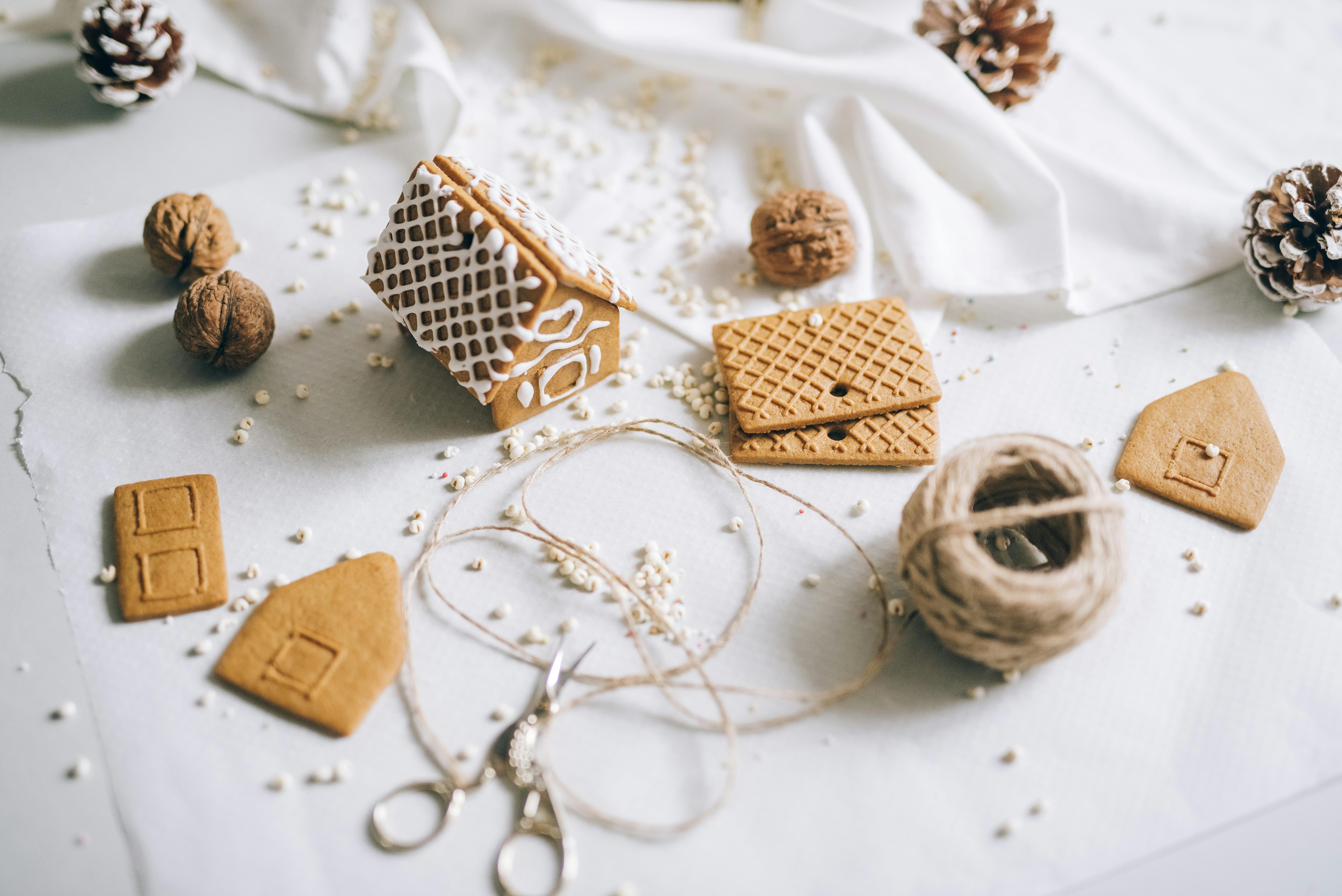
Effective Ways to Remove Acrylic Nails at Home in 2025: Expert Tips for Your DIY Nail Care
As acrylic nails gain popularity, the importance of knowing how to remove them safely and effectively at home becomes crucial. Acrylic nails, while beautiful and long-lasting, require proper removal techniques to prevent damage to the natural nails underneath. In 2025, with the advancements in nail care products, removing acrylic nails at home is not just feasible but can also be done safely and gently, preserving the health of your nails.
This article will explore the effective methods of taking off acrylic nails, focusing on the soak-off method, using acetone, and alternative approaches for removal. We'll delve into tips for caring for nails after acrylics, ensuring you understand the importance of post-removal nail care. By providing expert insights and practical advice, you'll be equipped to tackle your acrylic nail removal like a pro.
Key Takeaways:
- Understanding the acrylic nail removal process.
- Tips and tools for gentle acrylic nail removal.
- Post-removal care practices to ensure nail health.

Essential Techniques for Removing Acrylic Nails Safely
With a plethora of methods available, it’s important to follow safe practices when removing acrylic nails. Building on the basics, let's discuss several effective techniques, starting with the most common method—acetone removal.
Using Acetone for Acrylic Nails Removal
The soak-off method using acetone is one of the most popular techniques for removing acrylic nails. Acetone is a powerful solvent that helps to break down the acrylic material without damaging your natural nails.
To begin this process, you will need:
- Pure acetone
- Cotton balls or pads
- Aluminum foil or nail clips
- Nail file
- Cuticle oil
Start by trimming your acrylic nails to a manageable length. This reduces the amount of acrylic you need to remove. Then, gently file the surface of the acrylic to break the seal—this will allow the acetone to penetrate better. Soak cotton balls in acetone, apply them to your nails, and wrap each finger with aluminum foil. Let it sit for about 15-20 minutes to allow the acetone to soften the acrylic. Once softened, carefully scrape off the acrylic using a wooden stick or a professional acrylic removal tool.
Remember to keep a gentle approach to avoid damaging your natural nails. This method can be very effective, and it’s recommended to moisturize your nails post-removal with cuticle oil or a nourishing nail treatment.
Alternative Methods for Acrylic Nail Removal
If you prefer to avoid acetone due to its harshness, there are alternative methods available for acrylic nail removal. One such method involves using dental floss. This technique is particularly useful for those who wish to avoid soaking their nails. Begin by carefully lifting the edge of the acrylic nail using a wooden stick. Once a gap is formed, gently slide a piece of floss underneath the acrylic nail and proceed to work it downwards. This method minimizes the risk of damage to your natural nails and can be very effective when executed with care.
Additionally, some might consider using a non-acetone nail polish remover. While it is a gentler option, it might take more time to achieve desired results as it generally does not dissolve acrylic as effectively as acetone. Always ensure any method you choose focuses on protecting your natural nails.
Tools for Acrylic Nail Removal
Having the right tools on hand is crucial for a successful acrylic nail removal process. Invest in a quality acrylic nail removal kit that typically includes items such as an acetone bottle, nail buffers, and application tools that facilitate the removal process. If you want to try alternative methods, consider getting a good-quality dental floss to assist in the gentle removal of acrylic nails without damage.
Moreover, prepare your space before you start. Make sure to use products specifically designed for nail health during and after the removal process. This ensures that you alleviate any chances of nail damage during the transition.
Post-Removal Nail Care: Best Practices
After successfully removing acrylic nails, it is vital to establish a nail care routine to promote healing and prevent damage. Having discussed various removal techniques, let’s focus on what steps to take post-removal.
Moisturizing Nails After Acrylics
Moisturization is key after the removal process. Acrylic nails can leave the natural nails dehydrated and brittle. To restore their health, apply a good quality cuticle oil regularly. Look for oils that contain nourishing ingredients like vitamin E, jojoba oil, or argan oil, which are known to promote nail strength and hydration.
Additionally, consider using a moisturizing hand cream to avoid dryness around the nail bed. Regular massaging of the cuticles improves blood circulation, which is essential for nail health. This simple step will help keep your nails well-hydrated and reduce the chances of breakage as they regain strength.
Avoiding Damage During Transition
Patience is essential when it comes to caring for nails after acrylics. Avoid exposing them to harsh chemicals or extensive trauma during the healing process. Limiting exposure to water and avoid over-soaking in baths or pools, as this could further weaken your nails.
Furthermore, let your nails breathe before applying new products. If you must paint your nails again, opt for breathable nail polishes that allow your nails to recover fully without blocking moisture.
Common Mistakes in Acrylic Removal
Many individuals make mistakes during the removal process, often leading to nail damage. One common mistake is being too aggressive when scraping off acrylics. It’s essential to take your time; rushing can lead to tearing or breaking the natural nail. Another mistake is ignoring the importance of properly moisturizing after the removal. Neglecting aftercare will lead to weakened nails over time.
Being mindful of these common pitfalls will ensure a smooth transition for your nails back to their natural state.

Troubleshooting Acrylic Nail Removal: Expert Advice
Even with the right methods, you might encounter difficulties while trying to remove acrylic nails. Knowing how to troubleshoot these issues is a critical aspect of the process. Building on our previous discussions, let’s address some common concerns.
Dealing with Stubborn Acrylics
Sometimes, despite your best efforts, acrylics won’t budge effortlessly. In such cases, you can repeat the soaking process. Ensure that you leave the acetone-soaked cotton on for a longer duration, ideally 20-30 minutes, making sure to fully saturate the acrylic. If they're still not lifting, consider filing them down a bit more to allow for better penetration of the acetone.
Signs of Nail Damage During Removal
Be vigilant about watching for signs of nail damage. This can include excessive pain, excessive redness, or the appearance of splits in the nail bed. If you notice any of these symptoms, it’s vital to stop the process immediately and seek professional assistance, as continuing could worsen the condition of your nails.
Consulting a Professional
If you're consistently having issues with DIY acrylic nail removal, don’t hesitate to consult with a nail technician. They can provide guidance, assess the health of your nails, and recommend the best course of action. Sometimes it’s worth investing in a professional's expertise to ensure the health of your nails is preserved.
Conclusion: Prioritizing Nail Health After Acrylics
Knowing how to remove acrylic nails effectively and safely is essential for maintaining nail health. By following expert tips on the removal process, using adequate tools, and implementing attentive post-removal care, you can ensure your nails are left healthy and strong. Avoiding common mistakes during the removal process and staying aware of your nail’s condition are instrumental as you transition from acrylics back to natural nails.
With the variety of nail care products and techniques available, embracing the process of acrylic nail removal at home has never been easier or safer. Commit to your nail health with patience and care, and your nails will thank you!